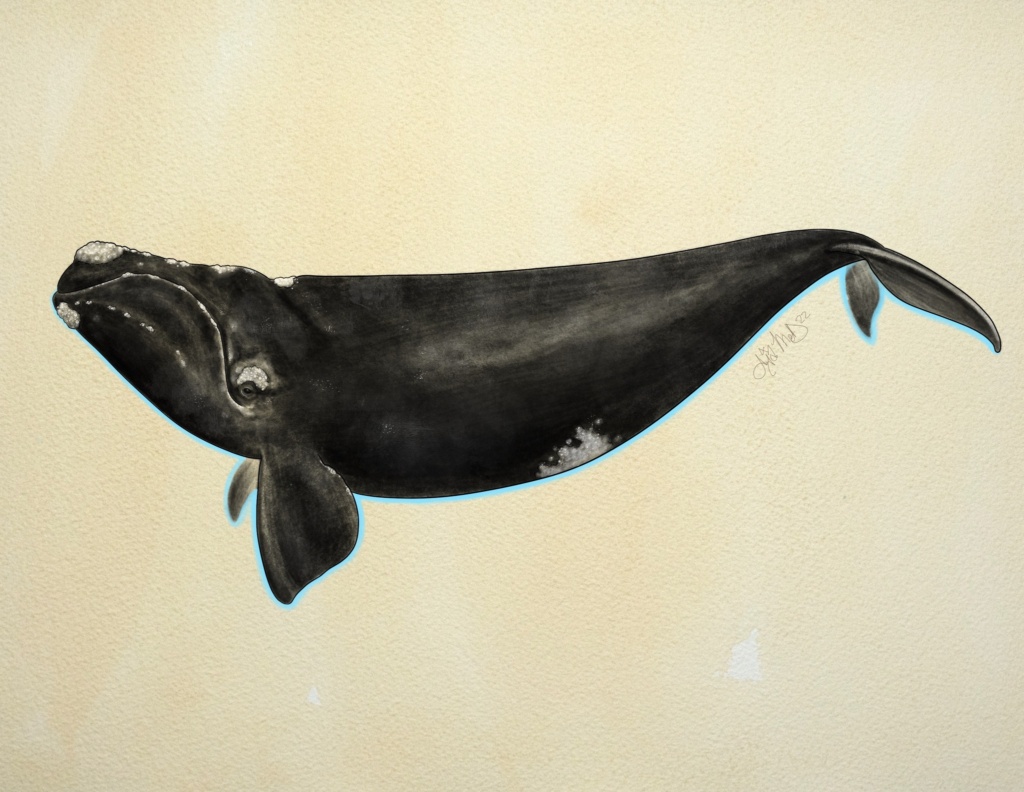
The University of Otago, led by Dr. Monica Tromp, and in partnership with a network of researchers including the Warinner Group, has been awarded a New Zealand Marsden Fund Award. The project, entitled “Reconstructing Communities and Cetaceans using Mātauranga Māori and Archaeological Science“, seeks to reconstruct past relationships between Oceanic peoples and cetaceans (whales and dolphins) by analyzing archaeological taonga and bone fragments from unknown cetacean species using biomolecular methods, including Zooarchaeology by Mass Spectrometry (ZooMS) and ancient DNA. Congratulations to the whole team, including Monica Tromp, Alana Alexander, Scott Baker, Karen Greig, Kristine Richter Ashley Scott, Camilla Speller, and Christina Warinner!
Full project description:
The relationship between Oceanic peoples and cetaceans (whales and dolphins) is a sacred one that has persisted for centuries. These relationships are culturally significant and expressed in whakapapa (genealogies) and pūrākau (oral traditions). Despite this, very little is known about interactions between people and cetaceans in the past in Aotearoa. Cetaceans include the largest animals on earth, but they are largely invisible in the archaeological record as their size prevents the transport of whole and/or diagnostic bones. Additionally, processes of colonialism have severed people from mātauranga ngā ika moana (Māori knowledge of whales). This research will use mātauranga Māori and the bimolecular methods ZooMS (zooarchaeology by mass spectrometry), and ancient DNA, to analyse archaeological taonga and bone fragments from unknown cetacean species. The development of minimally invasive or non-destructive sampling techniques allows us to use biomolecular methods to examine taonga in a culturally appropriate manner without causing visible damage to or affecting the mana of precious objects. The team of expert consultants from mana whenua, biomolecular archaeologists, museum specialists and marine conservationists will examine the changing relationship, use, abundance, and diversity of cetaceans from the first arrival of people to Aotearoa through to the present.